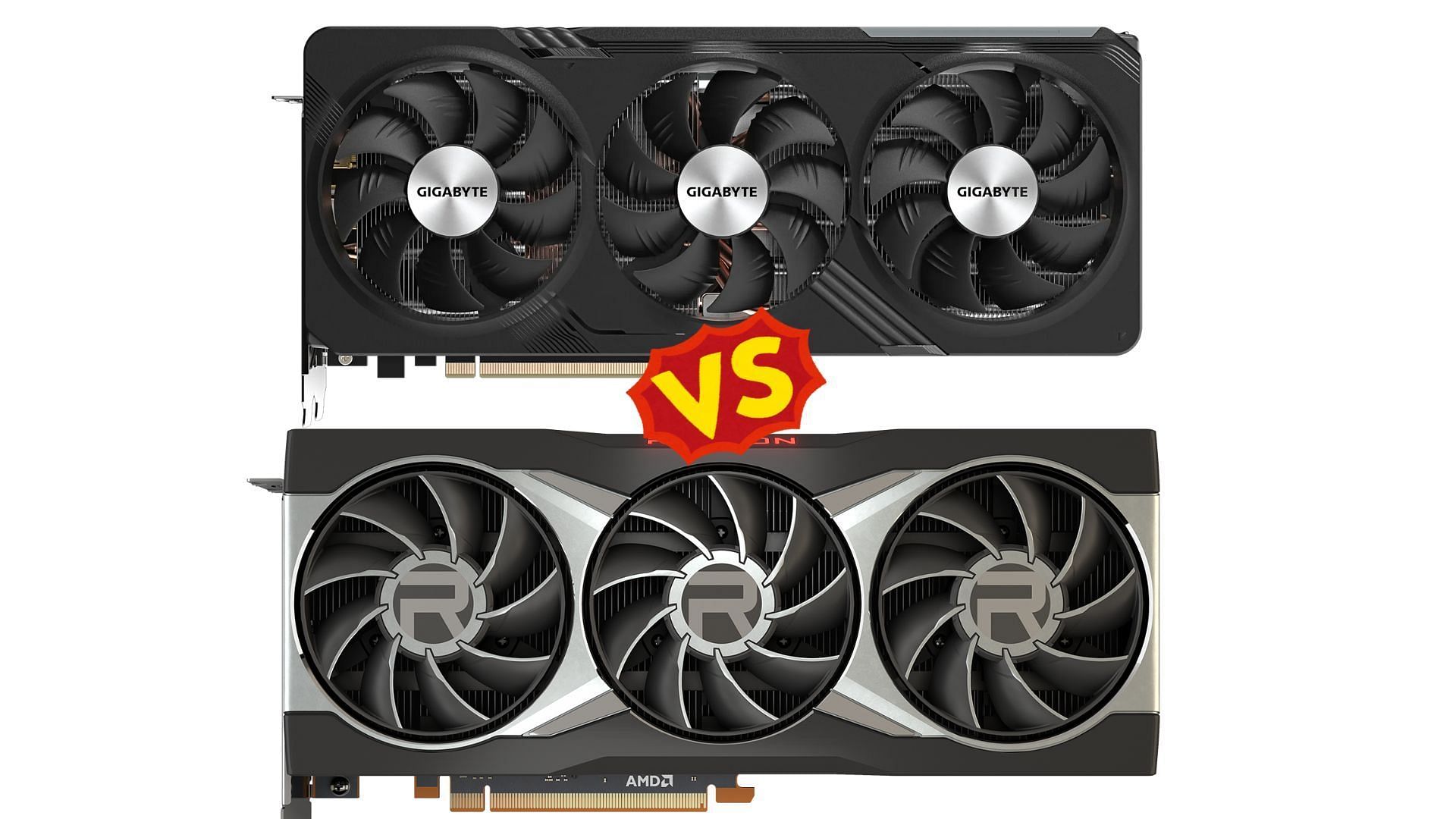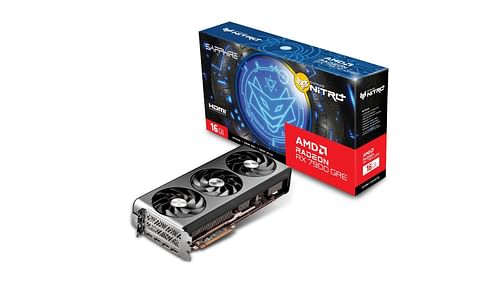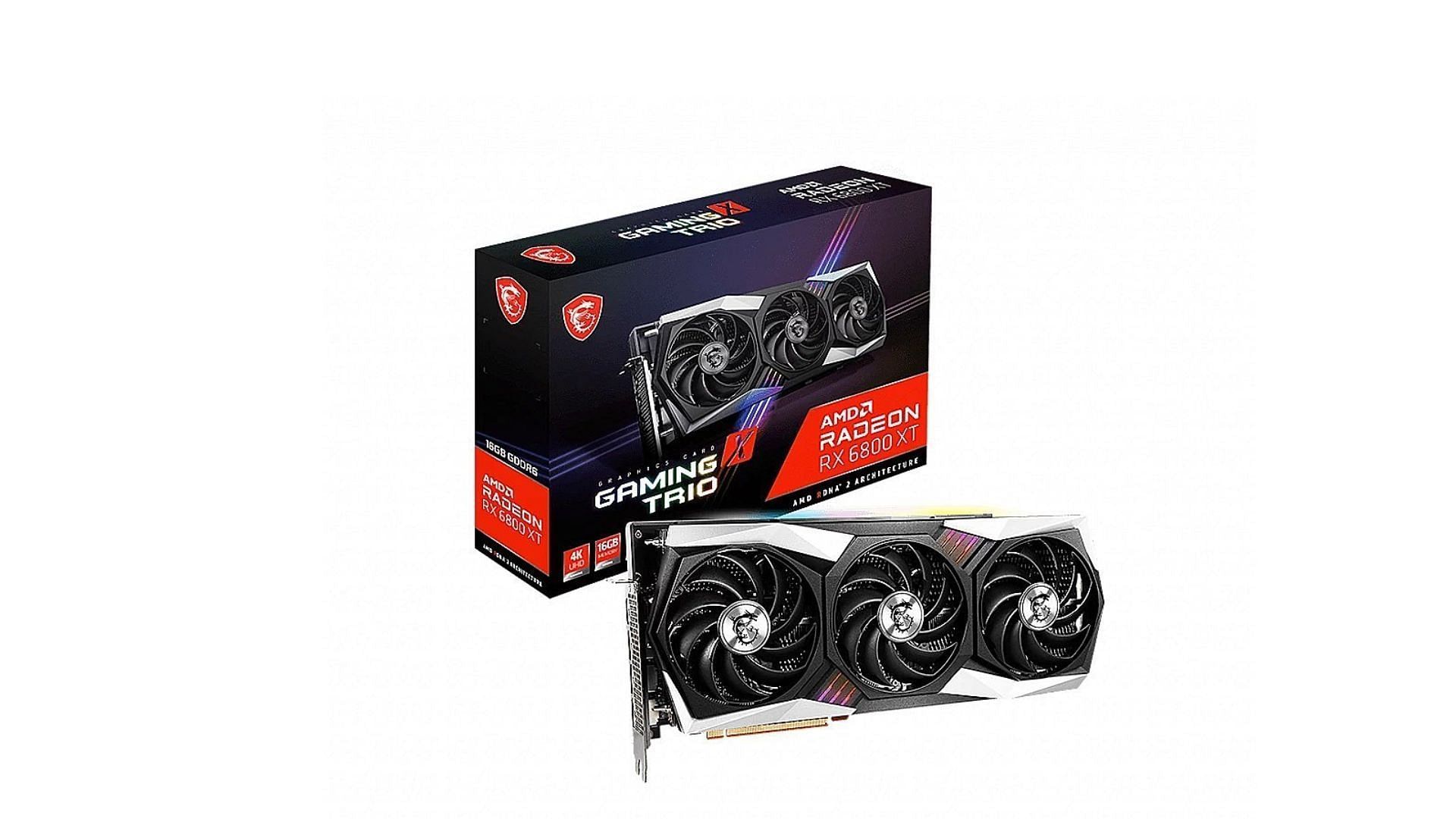
AMD Radeon RX 7900 GRE vs RX 6800 XT: Which is best for gaming?
The AMD Radeon RX 7900 GRE vs RX 6800 XT battle is pretty engaging. Both GPUs come from the same brand and cater to individuals looking for top-notch gaming performance. Since they are a generation apart, some differences set them apart. However, picking one over the other is a complete headscratcher.
So, should you choose the older card, which remains powerful enough to handle modern titles and is available at a lower price, or opt for the new series card with its advanced architectural developments? This is exactly what we will determine in this AMD Radeon RX 7900 GRE vs RX 6800 XT analysis.
Note: This article is subjective and reflects the author's opinions.
AMD Radeon RX 7900 GRE vs RX 6800 XT: Specifications

The biggest advantage of the AMD Radeon 7000 series over the older series lies in its architecture. The RX 7900 GRE is built on RDNA 3.0 with a 5nm process node. This new architecture brings substantial advancements in performance, efficiency, and features compared to RDNA 2.0, which the RX 6800 XT is based on.
However, despite being a generation old, the clocks, whether it is base, game, or boost, all are faster in the RX 6800 XT. Moreover, it has more cache memory as well.
Below, you can check other technical configurations:
Both cards have 16GB of VRAM, which is more than enough to run your favorite titles without breaking a sweat. However, the new Team Red card is more efficient owing to the small process node and lower TDP. This also means that it will stay relatively quieter and cooler compared to its older equivalent.
The RX 7900 GRE has more shading units and RT cores, but it also comes with a higher pricetag.
AMD Radeon RX 7900 GRE vs RX 6800 XT: Performance comparison

It is tough to decide which one is superior just by looking at the technical specifications. To get more insights into the AMD Radeon RX 7900 GRE vs RX 6800 XT comparison, I have compiled the average FPS numbers of these GPUs in various popular games.
The data is sourced from the Hardware Test YouTube channel. All games are played in 1440p ultra settings.
In all the games, the new 7000 series card has outperformed its older counterpart. If you look closely, the performance gains vary, with the highest gain observed in Spider-Man Miles Morales at 19.18% and the lowest in A Plague Tale: Requiem at 5.49%.
We also have 1% low FPS test numbers. For those who don’t know, 1% low FPS numbers are great for checking the potential stuttering issues and occasional dips in performance.
The percentage number shown in the brackets indicates how much the 1% low FPS differs from the average FPS. For the RX 7900 GRE, the max difference is in the Avatar Frontier of Pandora—around 26%. In the same game, the RX 6800 XT delivers around 22% fewer frames, which is the highest among all games.
Based on these results, it can be concluded that you will not experience any noticeable stuttering or lag while playing your favorite title. Both GPUs will deliver a consistent performance in most of the games.
AMD Radeon RX 7900 GRE vs RX 6800 XT: Final verdict
Based on the above analysis, the latest GRE version card from Team Red is the winner of the AMD Radeon RX 7900 GRE vs RX 6800 XT battle. Though the gap is thin, it outperformed its competitor in every game. Additionally, it is more efficient owing to its advanced architecture and lower TDP. If you prioritize top-notch performance, this is an ideal pick.
On the contrary, if you are on a tight budget, I would recommend you go with the AMD’s older-generation card. It delivers respectable frames, and it is available at a low price.
Check other articles:
- Intel Iris Xe vs Arc graphics
- Intel Iris Xe vs AMD Vega
- Nvidia RTX 3090 Ti vs RTX 4080 Super